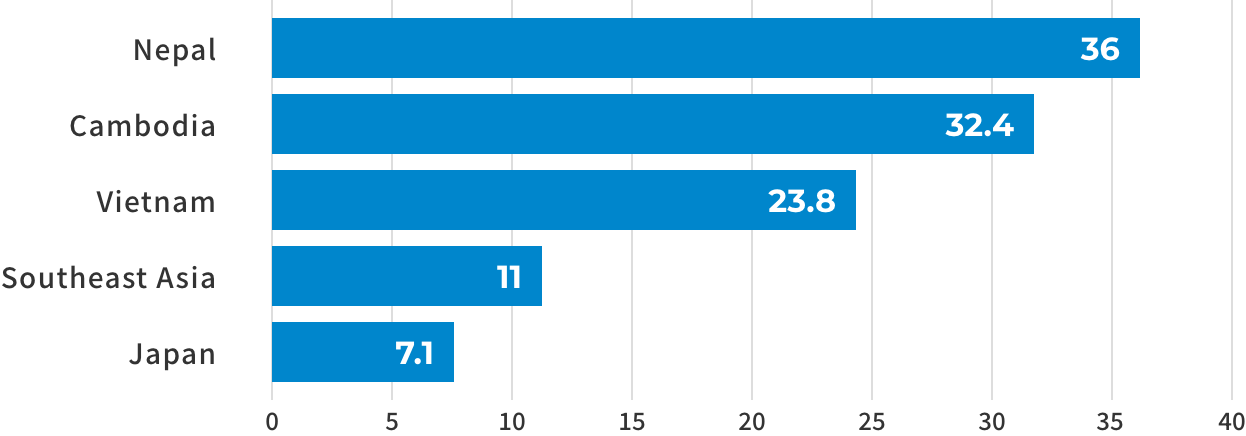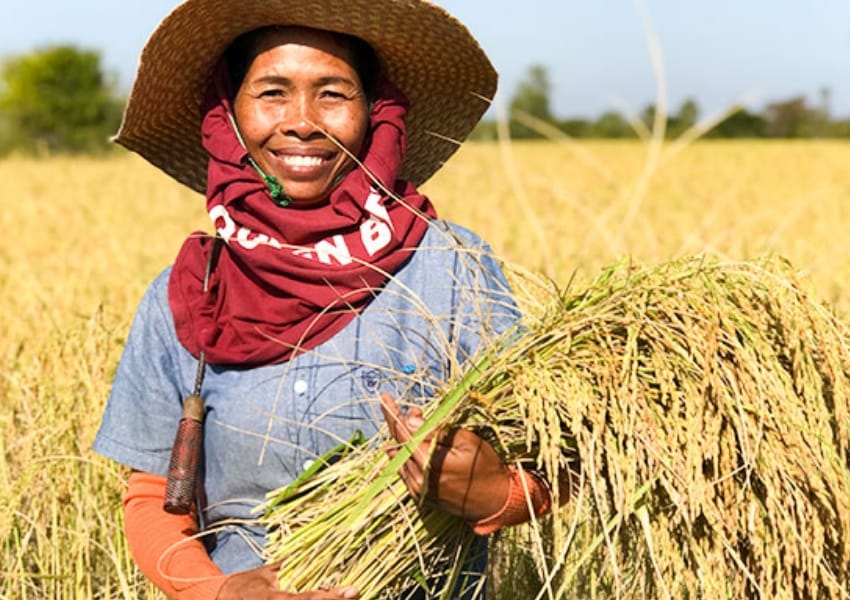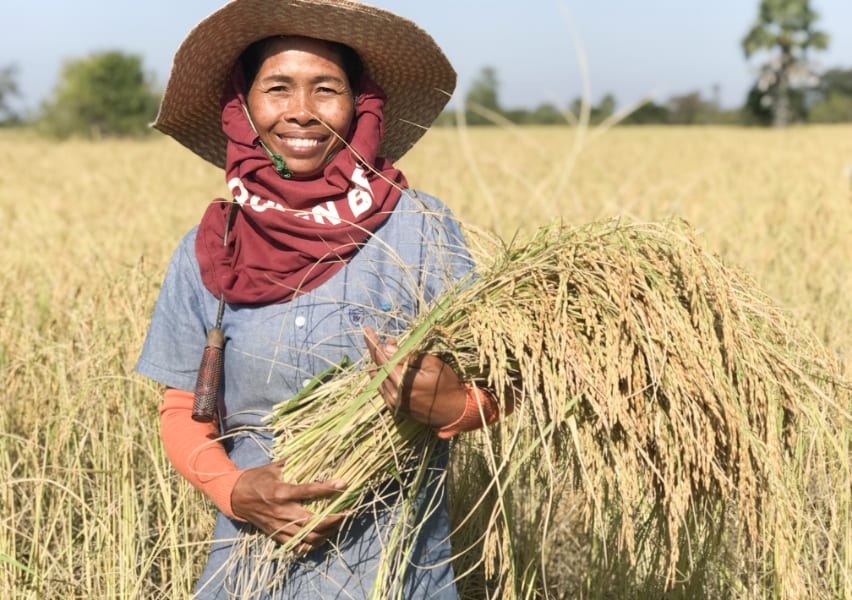PROBLEM
Lack Of Proper Nutrition, The Source Of Health
It is estimated that more than one-third of all deaths of children under the age of five worldwide are due to malnutrition. Malnutrition does not necessarily mean a lack of food and emaciation. Even if a child eats a certain amount of food, extreme nutritional imbalances can weaken the body's resistance, making it susceptible to disease and difficult to heal, which often results in death. In particular, if a growing child does not receive adequate nutrition, he or she will fall far below the standard weight and height, which can adversely affect their physical and cognitive abilities. Inadequate nutrition for the mother can also lead to significant difficulties in childbirth and childcare.
Balanced nutrition is an important issue in many countries around the world. Although the number of chronically malnourished children has been decreasing since 2000, one in five children under the age of five is still chronically malnourished. On the other hand, 400 million children are obese due to malnutrition or excess intake.
One in three to four people are malnourished
Malnutrition rate among children under 5 years old (%)

Comparison of malnutrition rates among children under 5 years old in Nepal, Cambodia, Vietnam and East Asia and Japan (Source: WHO (2018))
The malnutrition rate among children under 5 years old in Nepal, Cambodia, and Vietnam is much higher than in Japan.
In Japan, the rate is approximately 71 per 1,000 children, compared to 238 in Vietnam, 324 in Cambodia, and 360 in Nepal. It means that three to four times as many children in these countries do not receive adequate nutrition compared to Japan.
The following conditions contribute to the high malnutrition rate.
- People's lack of knowledge about nutrition prevents them from preparing appropriate meals for children.
- Lack of personnel and educational opportunities to provide guidance on nutrition
- Economic circumstances do not allow for a balanced diet.
FIDR's Initiatives
In terms of average child weight and height, Cambodia is well below the Southeast Asian norm. In Cambodia, nutritional instruction is not integrated into the education system, and children have few opportunities to learn about nutrition and diet.
FIDR established the "Recommended Dietary Allowances" for school-age children and the "Dietary Guidelines" based on these allowances, which were approved as national guidelines by the Ministry of Health in November 2017. Currently, FIDR is supporting the introduction of nutrition education in public schools nationwide by developing curriculum and instructional manuals, writing textbooks, and providing training for instructors.

Projects in Progress
-

Cambodia
Nutrition Education and Promotion Project
-

Vietnam
Project for Improvement of Living and Child Nutrition in Tay Nguyen
Past Projects
-

Cambodia
Food and Nutrition Security Project
-

Cambodia
Nutrition and Diet Management Project
-

Cambodia
Hospital Diet Assistance Project
-

Vietnam
Kon Tum Province Child Nutrition Improvement Project
Issues We Work on
- https://www.fidr.or.jp/english/issue/health.html

Health and Hygiene
- https://www.fidr.or.jp/english/issue/medical-care.html

Medical Care
- Nutrition(issue/nutrition.html)

Nutrition
- https://www.fidr.or.jp/english/issue/agriculture.html

Agriculture
- https://www.fidr.or.jp/english/issue/education.html

Education
- Industrial development in Southeast Asia and South Asia.(issue/industry.html)

Industrial Development
DONATION
Your generous donation now will have impacts
on children and communities in our fields.















